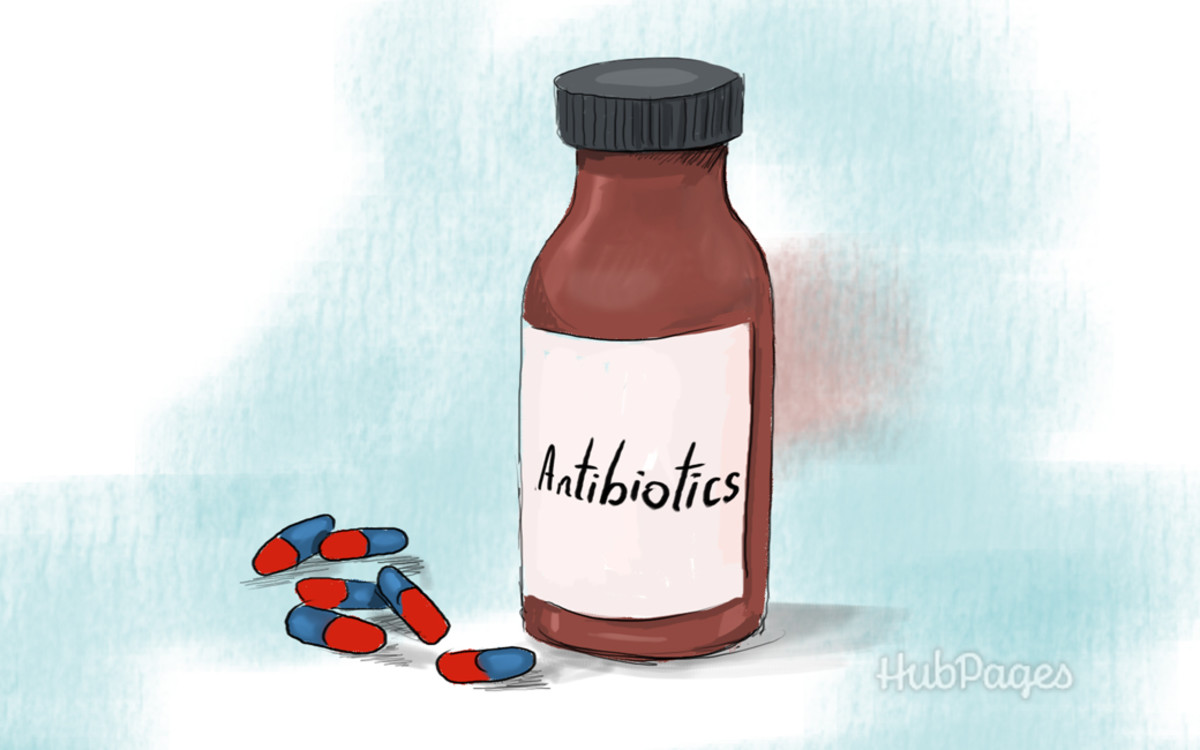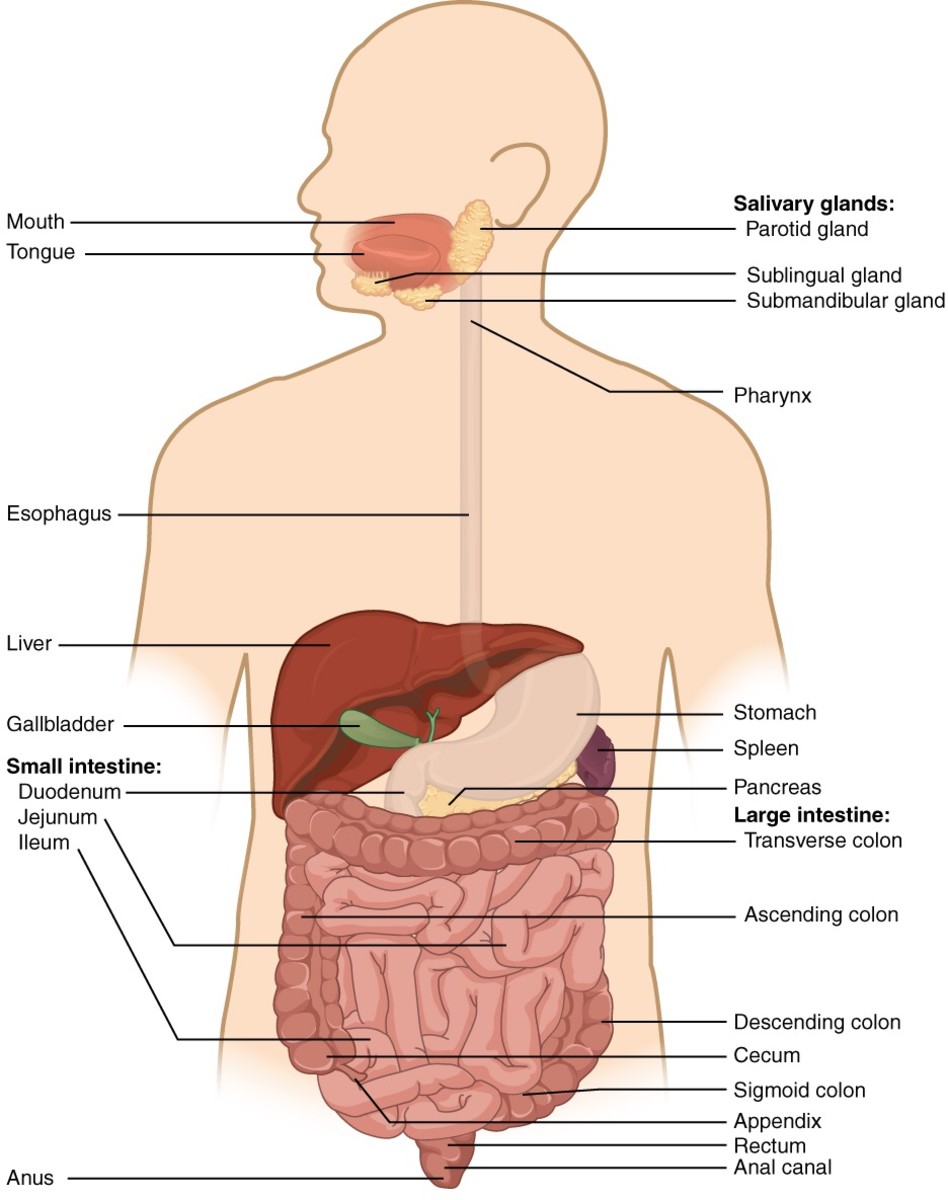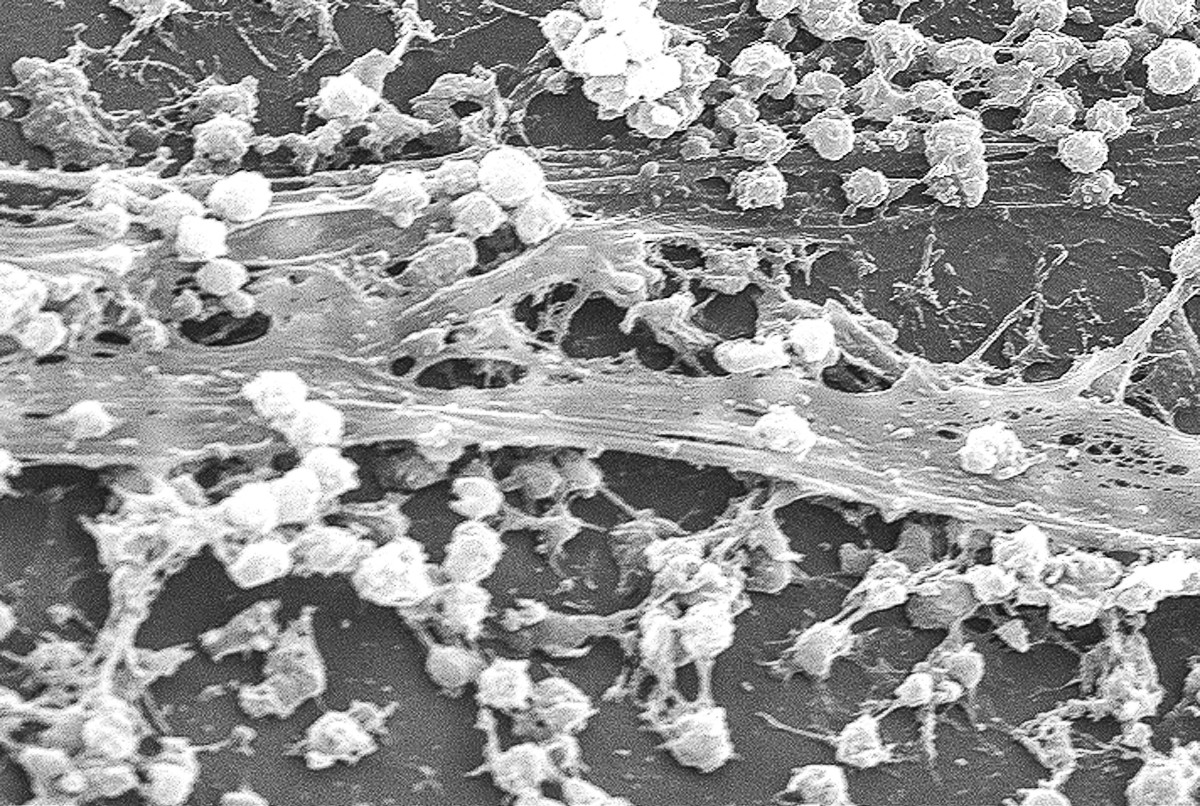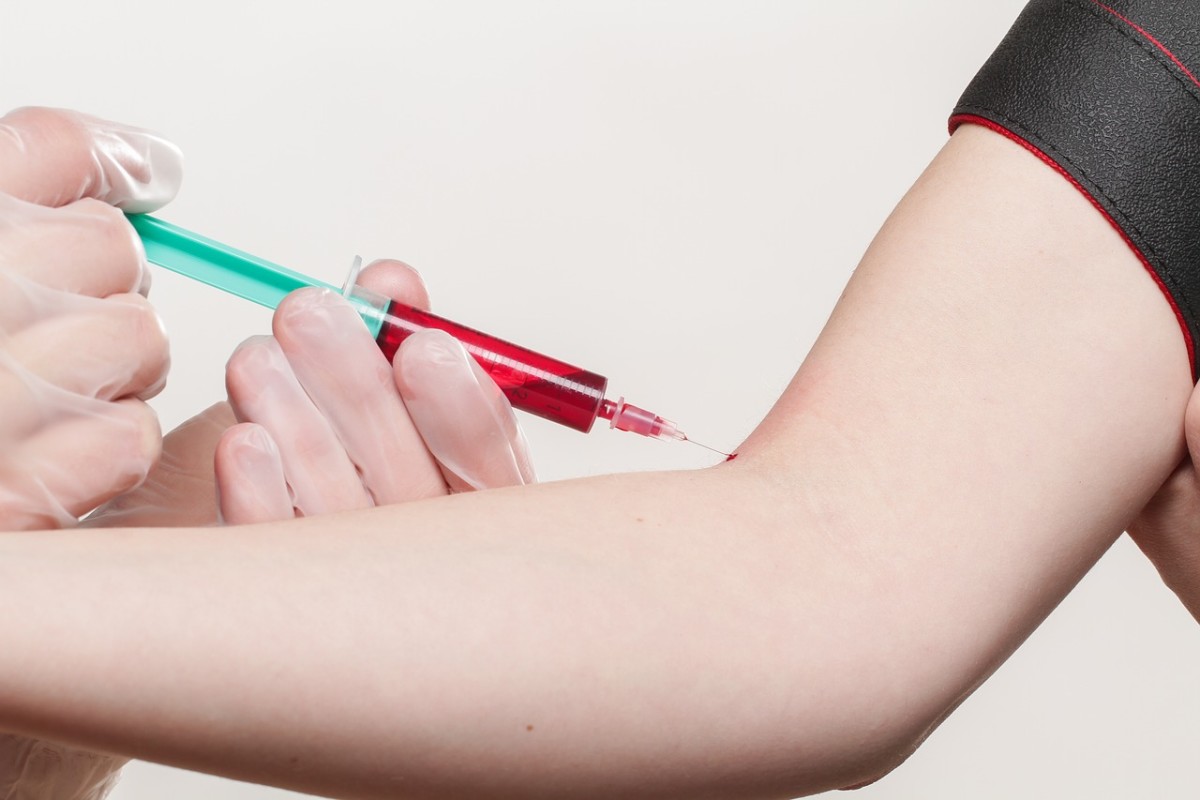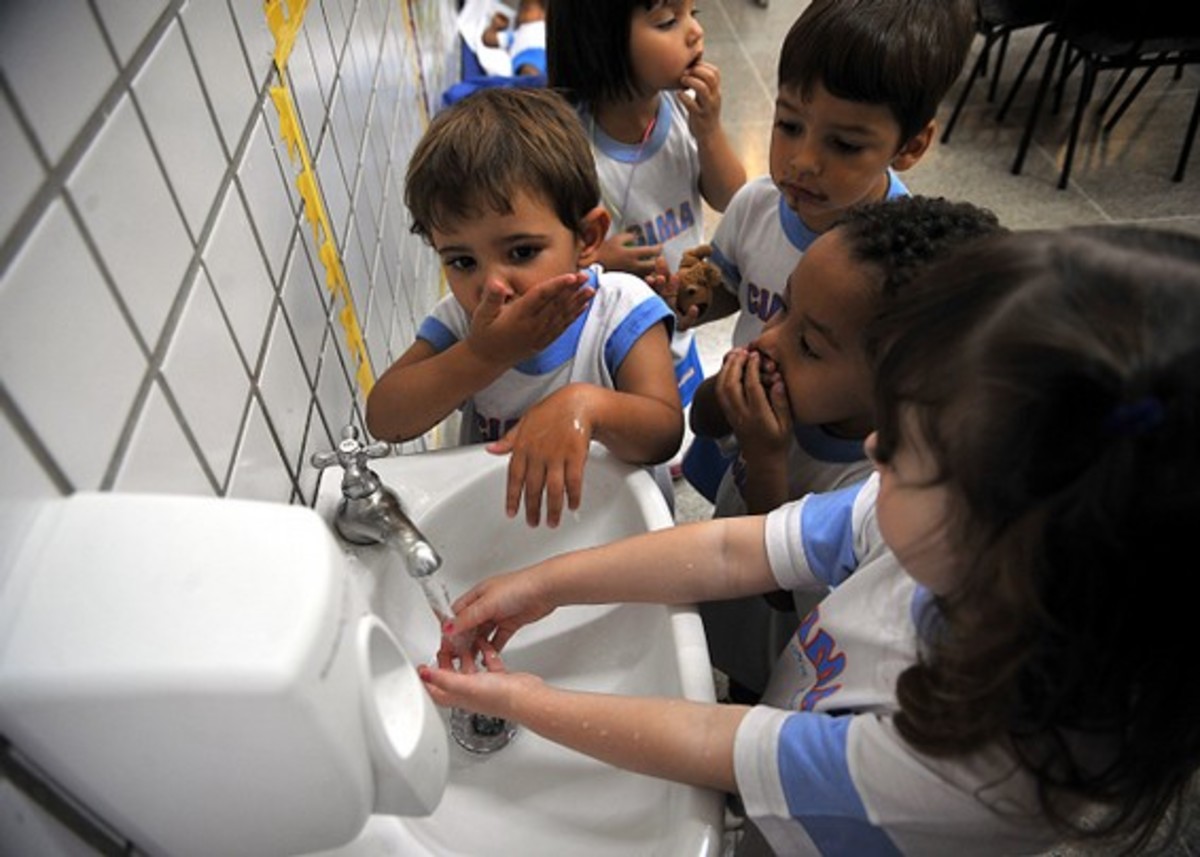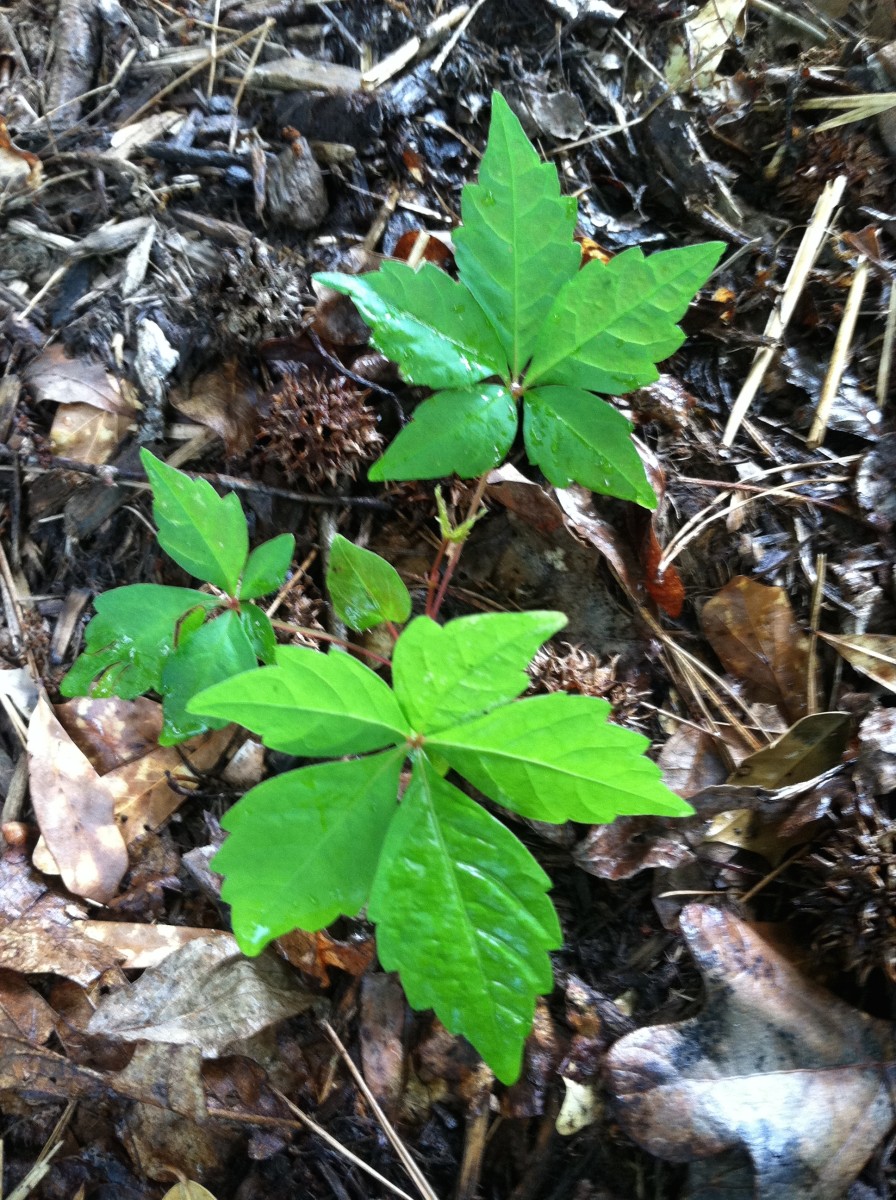Beneficial Soil Microbes: The Potential for New Antibiotic and Anticancer Agents
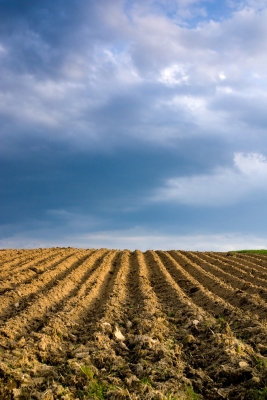
Copyright 2012 - Kris Heeter
Soil is believed to contain the most diverse population of bacteria of any ecosystem on earth. With the large diversity of soil types out there, the number of unique microbial niches is vast. Most soil microbe populations have never been studied.
With recent advances in DNA sequencing and molecular techniques, scientists can now start to study this rich diversity more.
New populations are being discovered and the underground world of microbes is proving to hold a previously unforeseen potential value to medical research.
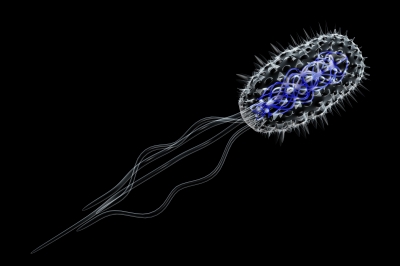
How many species of bacteria are found in soil?
It has been estimated that of the number of species of bacteria per gram of soil could vary anywhere between 2,000 and 8.3 million.
To put it in a visual perspective: 1 gram is roughly equal to 1 small paper clip or pen cap.
That’s 2,000 to 8.3 million species living in the space of a paper clip or pen cap!
Up until recently, determining the number of microbial species in a soil sample was literally impossible and scientists could only provide estimates. Advances in DNA sequencing techniques is now allowing scientists to test these estimates.
The number of unique species may not be in the millions per gram of soil (the work is still very preliminary and the jury is still out) but the numbers coming out of recent studies are still pretty astounding. Try up to 52,000 on for size!
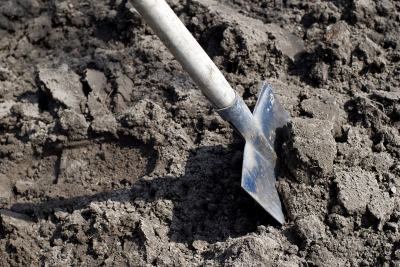
Related References
Society for General Microbiology. (2012). "Harmless soil-dwelling bacteria successfully kill cancer." ScienceDaily, 4 Sep. 2011.
Reddy et al. (2012) “Natural Product Biosynthetic Gene Diversity in Geographically Distinct Soil Microbiomes.” Applied and Environmental Microbiology 78: 3744.
Gans et al. (2005). “Computational Improvements Reveal Great Bacterial Diversity and High Metal Toxicity in Soil” Science Vol 309 1387-1390
Roesch et al. (2007). Pyrosequencing enumerates and contrasts soil microbial diversity. The ISME Journal (2007) 1, 283–290
Getting the good dirt for medical advances
In 2011, scientists found that the spores of the soil bacterium Clostridium was a promising cancer-fighting microbe. This bacterium was found to have the ability to grow within tumors and can be genetically engineered to activate a cancer drug.
In the laboratory, Clostridium has been shown to work in tumor cells because its spores will only grow within solid tumors that are oxygen deprived, (e.g., breast, brain and prostate tumors). Healthy tissues and cells are not affected by the bacterium because Clostridium cannot proliferate in these oxygen rich environments. Reports suggest this new advancement could be tested in cancer patients as early as 2013.
These results have opened the door to the notion that other bacteria in the soil may hold similar potential in medical advancements.
But how does one find a good needle (microbe) in the haystack (soil)?
While millions and probably billions of bacterial species live in the soil, they are difficult and often impossible to culture in a laboratory setting. Up until recently that has made exploring and classifying these microbes difficult. More modern DNA sequencing advances and molecular technology is allowing scientists to identify and study soil microbes at a level never before possible.
In an recent study, researchers from the Howard Hughes Medical Institute (HHMI) at Rockefeller University were able to directly extract DNA from soil microbes, amplify it and study it at a molecular level. Using this approach, this research team was able to create “libraries” of microbial DNA sequences which are now being tested for the potential to encode drug-like molecules, antibiotics and cancer-fighting molecules.
Discovering New Species
Scientists estimate that there are millions of new species (microbial, plant and animal) waiting to be be identified.
Each year, the number of new species identified are tabulated - the number discovered each year might surprise you - take a guess at:
How Many New Species Have Been Discovered in One Year?
Some marine biologist have speculated that up to 20 million new marine microbial species may still be waiting to be discovered.
The number of soil microbes waiting to be discovered is most likely in the millions as well!
Future of soil microbial studies in medical and cancer research
In the HHMI study mentioned above, soils from three similar ecological terrains in the U.S. Southwest were examined. While from an environmental standpoint, the areas are similar they are geographically distinct. Surprisingly each location has a very different microbial population. These findings suggest that soil microbial populations are far more diverse than originally thought.
This large diversity means that there is a greater possibility other microbes are out there that may prove useful in disease-fighting compounds.
Undoubtedly, identifying genetic material from newly identified soil bacteria for possible medical therapeutic reagents will continue and prove to be very interesting.

